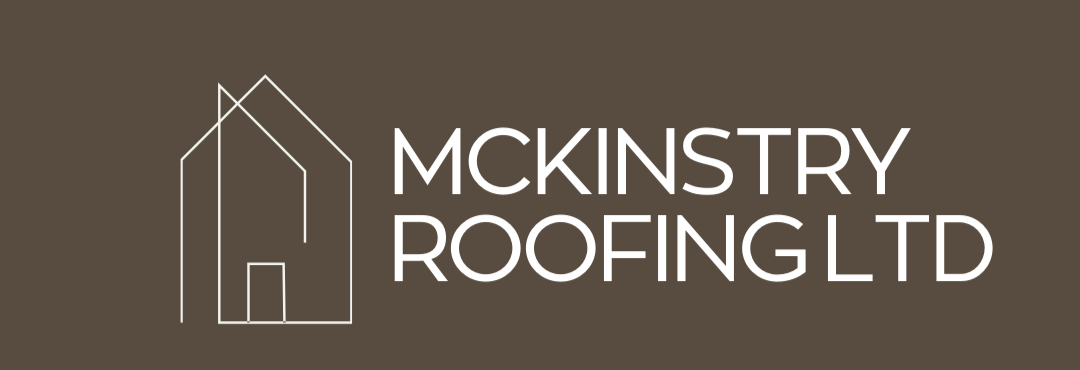Roofing Safety: What is required?
Roofing Safety is paramount to the team at McKinstry Roofing Ltd. We are commited to following current health and safety standards, while providing a safe environmjent for our workers and subcontractors on site. To do this, we need o firstly impose a Risk Assessment. During a risk assessment, we can identify a range of health and safety protocols which need to be implemented, prior to the roofing work commencing. This can vary from correct roof access, to powerlines and asbestos risks.
1. Risk Assessment
Before commencing work, a thorough risk assessment is conducted to identify potential hazards associated with the specific roofing project. This assessment guides the development of safety plans, engaging the correct teams to ensure optimal safety. We work closely with a group of local health and safety teams to ensure best practise is implemented.
2. Fall Protection, Scaffoling & Ladder Systems
Depending on the job, we have a range of different systems we can implement to keep our guys safe. We must implement fall protection systems depending on the height of the roof. This can include guardrails, safety nets, and personal fall arrest systems to secure workers and minimize risks. If it is. larger job, or more risk involved, we may need a combination of edge fall, or full platform systems. All scaffolding must meet safety standards, and ladders should be positioned correctly to prevent slips and falls, we have a trusty team of scaffolders to ensure we all remain safe!
2. Asbestos Present
Homes constructed before 1970, particularly those featuring metal tiles, may contain hazardous materials, including asbestos. The removal of asbestos is a perilous task and should only be undertaken by qualified professionals who have the necessary training and equipment. For those concerned about potential asbestos exposure, a sample of an asbestos tile can be tested at a cost of $135.00 plus GST. If the test results come back positive, an experienced asbestos removal team will be required to safely eliminate the roof. Alternatively, if the results are negative, we can proceed with our work without any health concerns. Hiring qualified professionals not only guarantees your health and safety but also ensures compliance with regulations and protection for your property throughout the entire process.
3. Powerlines
If your home is in an area where powerlines are present, their may be a requirement for your powerlines to be sleeved. Firstly, powerlines carrying electricity to your home can increase the risk of electrical shock for roofing workers and subcontractors, which can lead to severe injuries or fatalities. Secondly, by sleeving powerlines, you create a clear and delineated workspace for roofers. This accessibility allows them to focus on the job without worrying about the dangers of working near live wires.
4. Weather Considerations
Taupo is one of the most picturesque towns in New Zealand! But with that being said, we can have four seasons in one day! Roofing projects need to be assessed for weather conditions such as high winds, rain, and cold temperatures, which can create unsafe working conditions. If the team deem weather to be detrimental to your home or their safety, work may be halted until the sun comes out.

